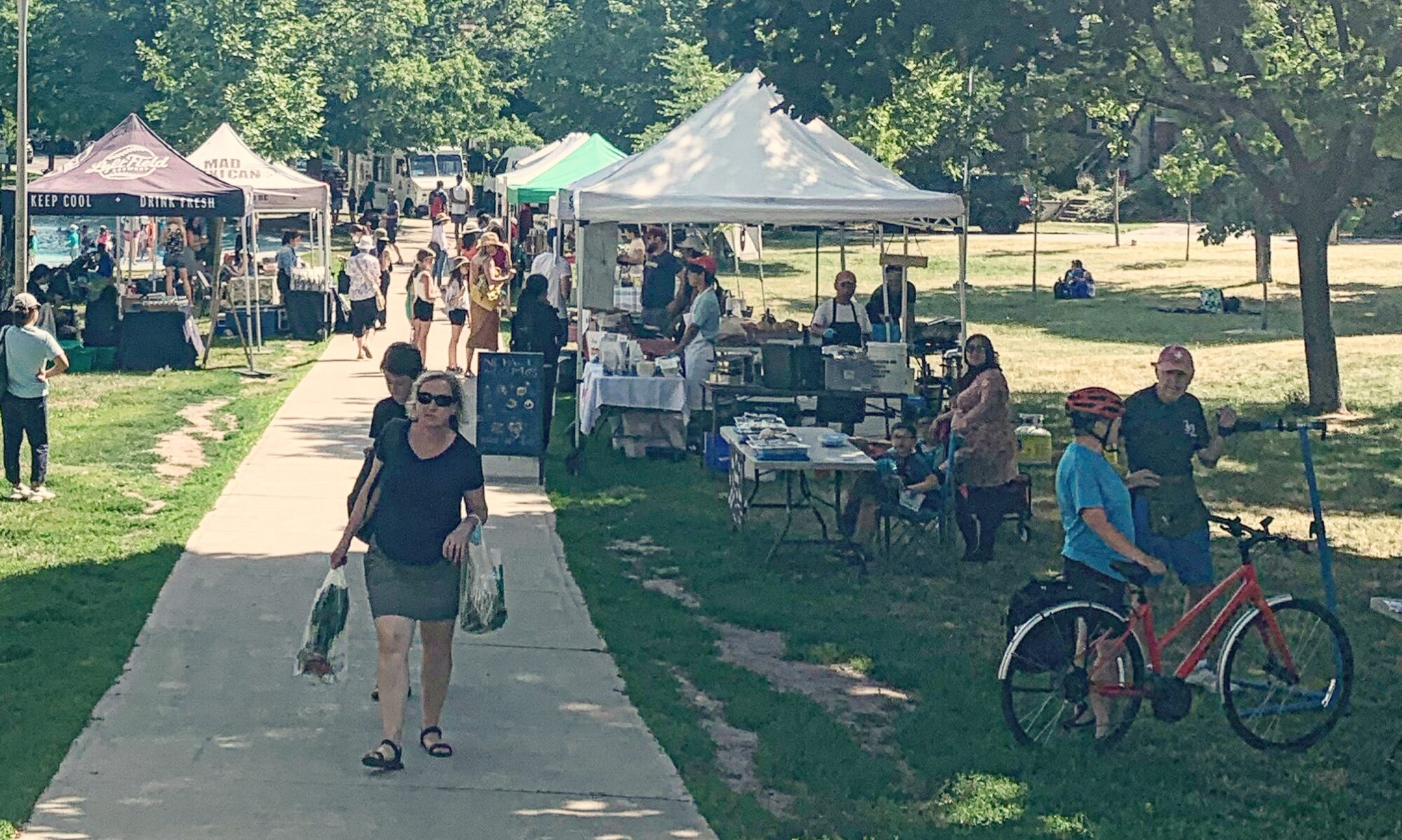DECA’s very own board member, veteren journalist and local historian, Stephen Wickens, is often asked to speak about the history of East Toronto. He’s agreed to lead a walk this weekend about the history of the Danforth how that will influence where the neighbourhood is headed and how it will get there. The walk will take about two hours, leaving from the Greenwood Tim Horton’s at 10 a.m. Steve asks that if you plan to grab a coffee, arrive a little early so the walk can start on time.
Curious? Here’s a little more to whet your appetite…
For many Torontonians, the Danforth is the main street of Riverdale or a place to eat Greek. But that covers just a small strip of this storied street, formerly known as the Second Concession, the Danforth Plank Road and The King’s Highway No. 5.
Danforth and the surrounding streets east of Pape, sometimes referred to as the “Other Danforth,” wasn’t really developed until the 1920s, partly because a series of creeks made road maintenance a nightmare, and partly because the Bloor viaduct didn’t open until after World War I. The timing meant ours was one of Toronto’s first areas in which the automobile was a major factor. But it was also very much a streetcar suburb, and our main street was an intensely thriving place until the 1960s.
The Other Danforth has always tended to be blue collar and gritty and, while it has seen hard times and empty storefronts, especially in the past four decades, the area is almost certainly about to see a wave of gentrification, investment and development. How do we as a community maximize the chances we get the type of change we want? What factors are key to making neighbourhood economies thrive?
On October 29, we’ll tackle these questions and more while walking the Upper Midway strip, from Greenwood and Danforth to Wise Guys tavern, east of Woodbine. The walk, based on the popular Other Danforth Jane’s Walk held each May since 2008, will examine forgotten history, hidden geography and the basics of urban form and healthy local economies. We’ll also discuss how this might provide opportunities for us and the people who will eventually inherit our neighbourhood.


